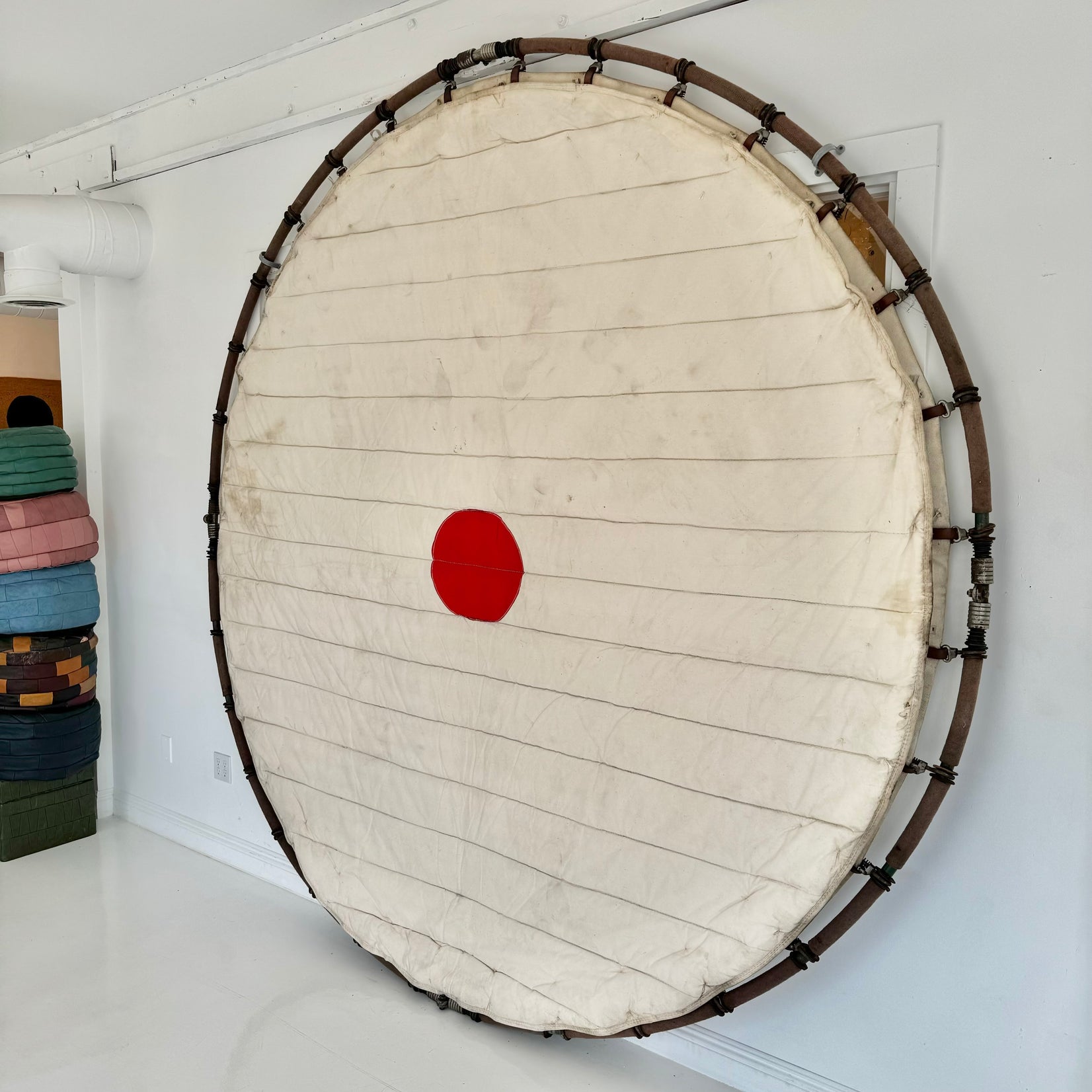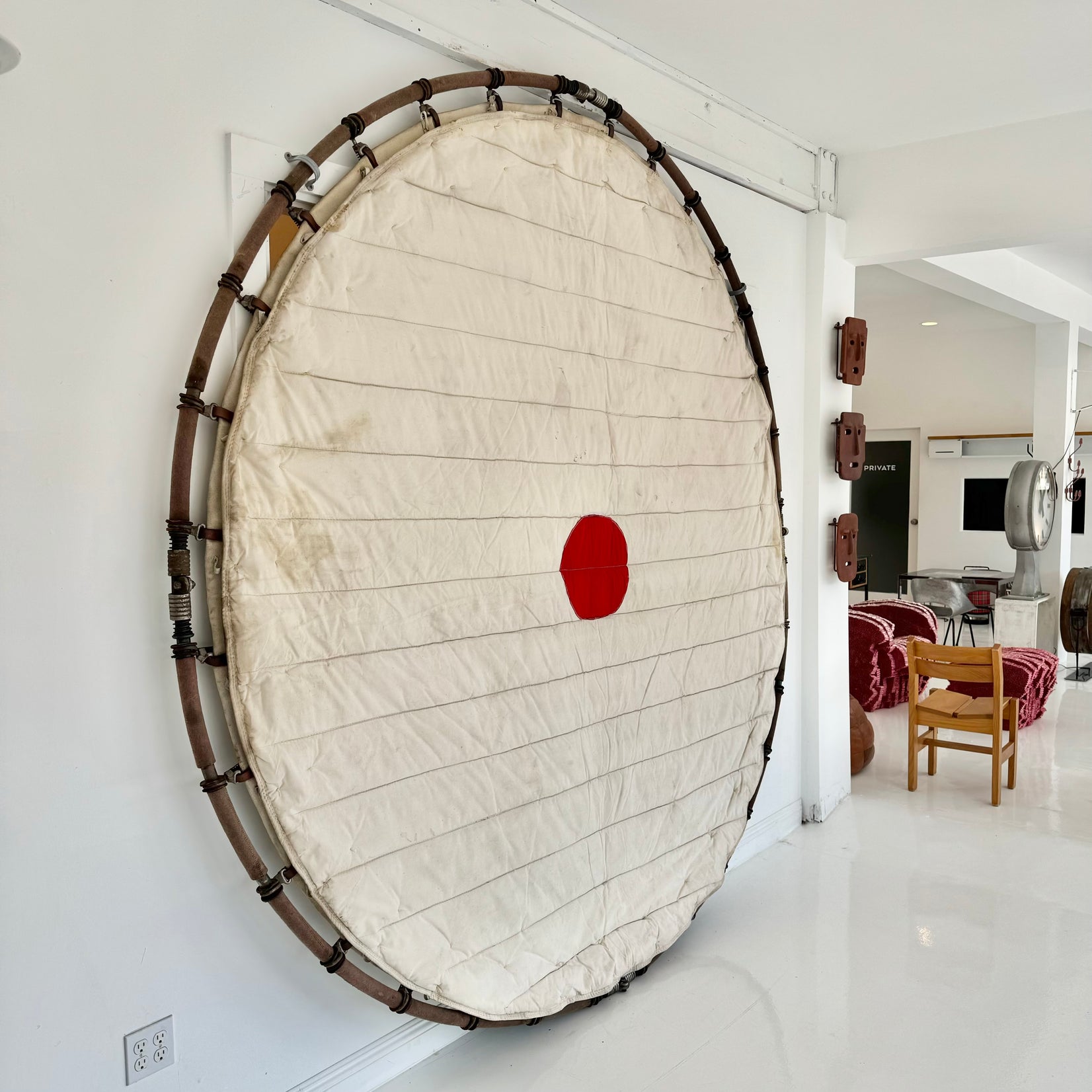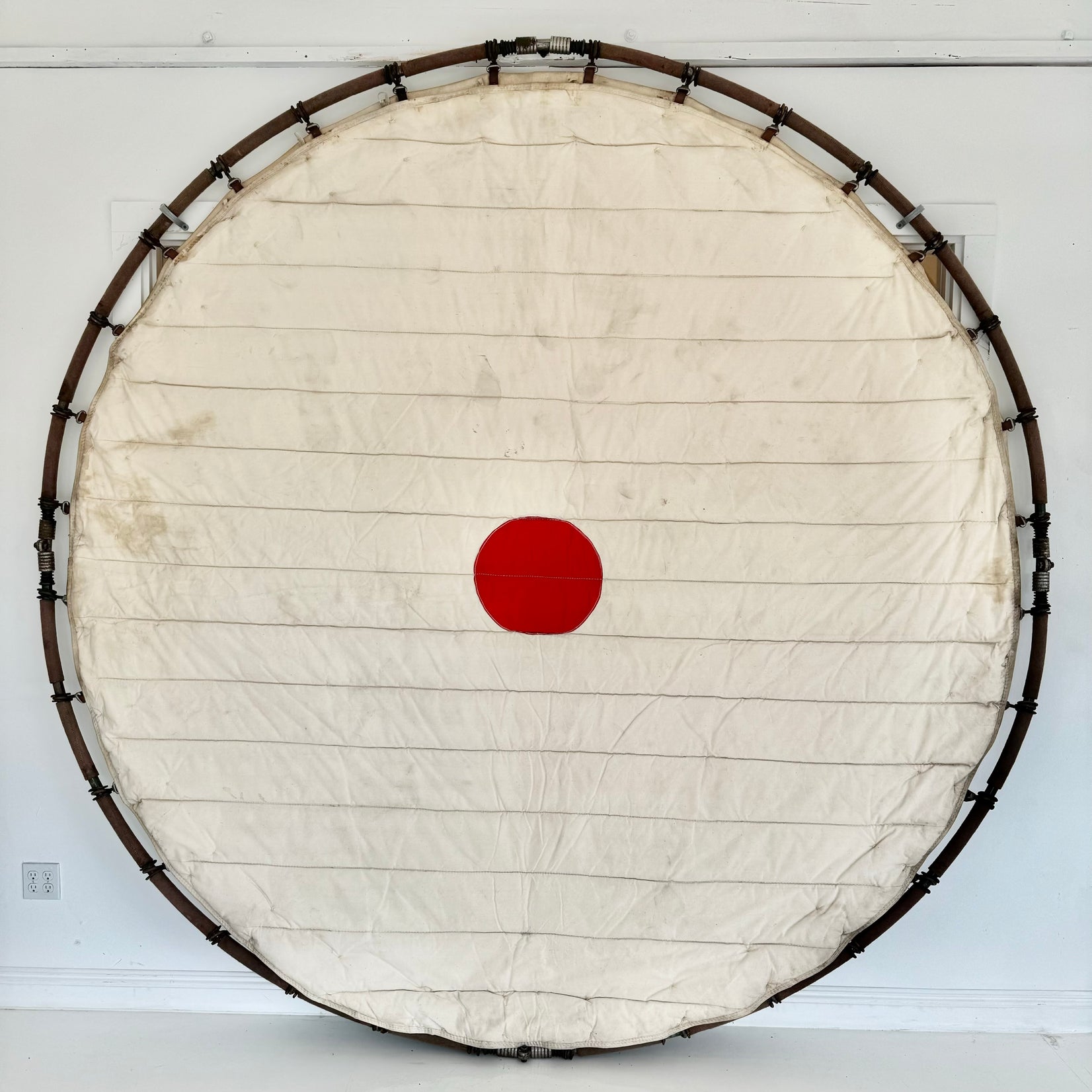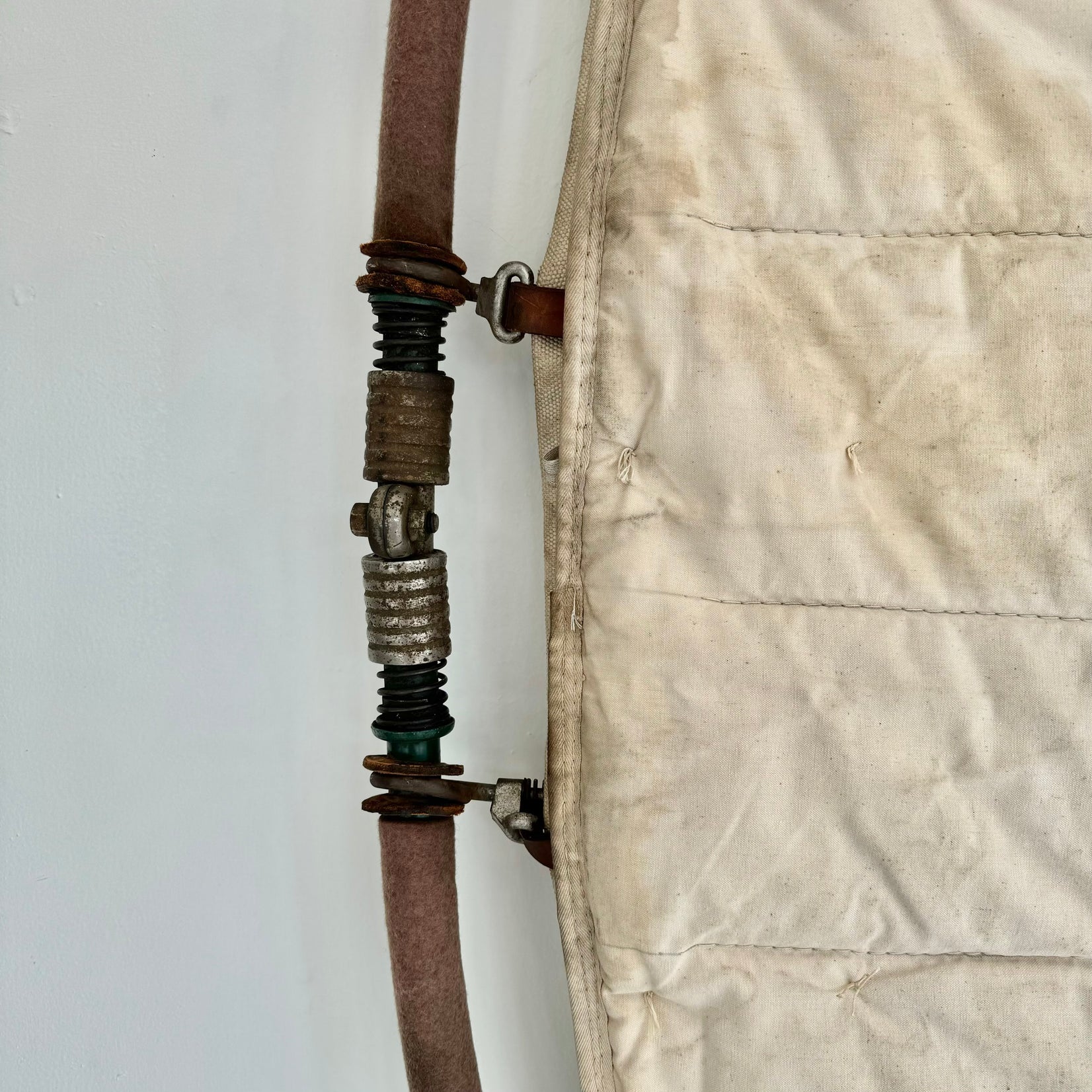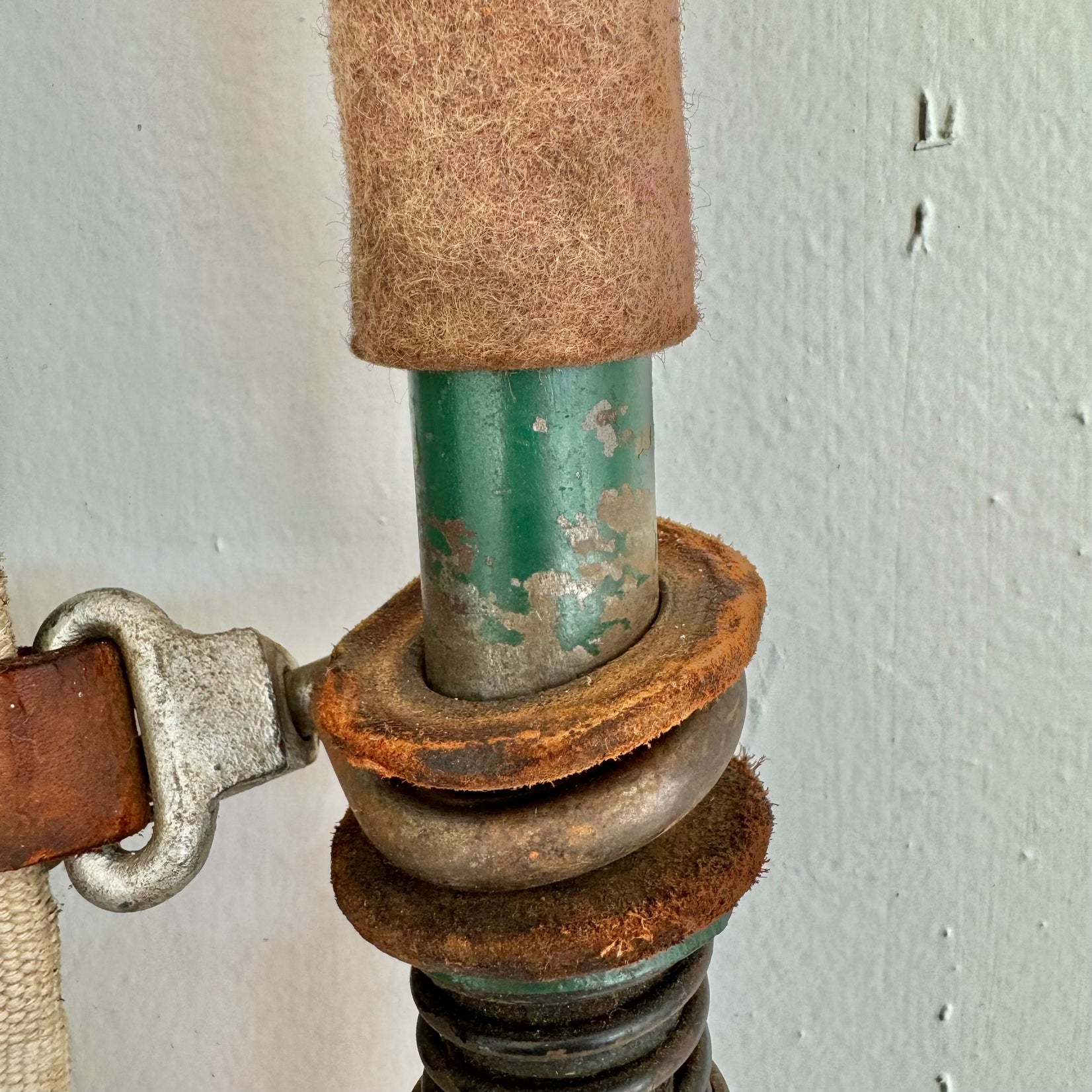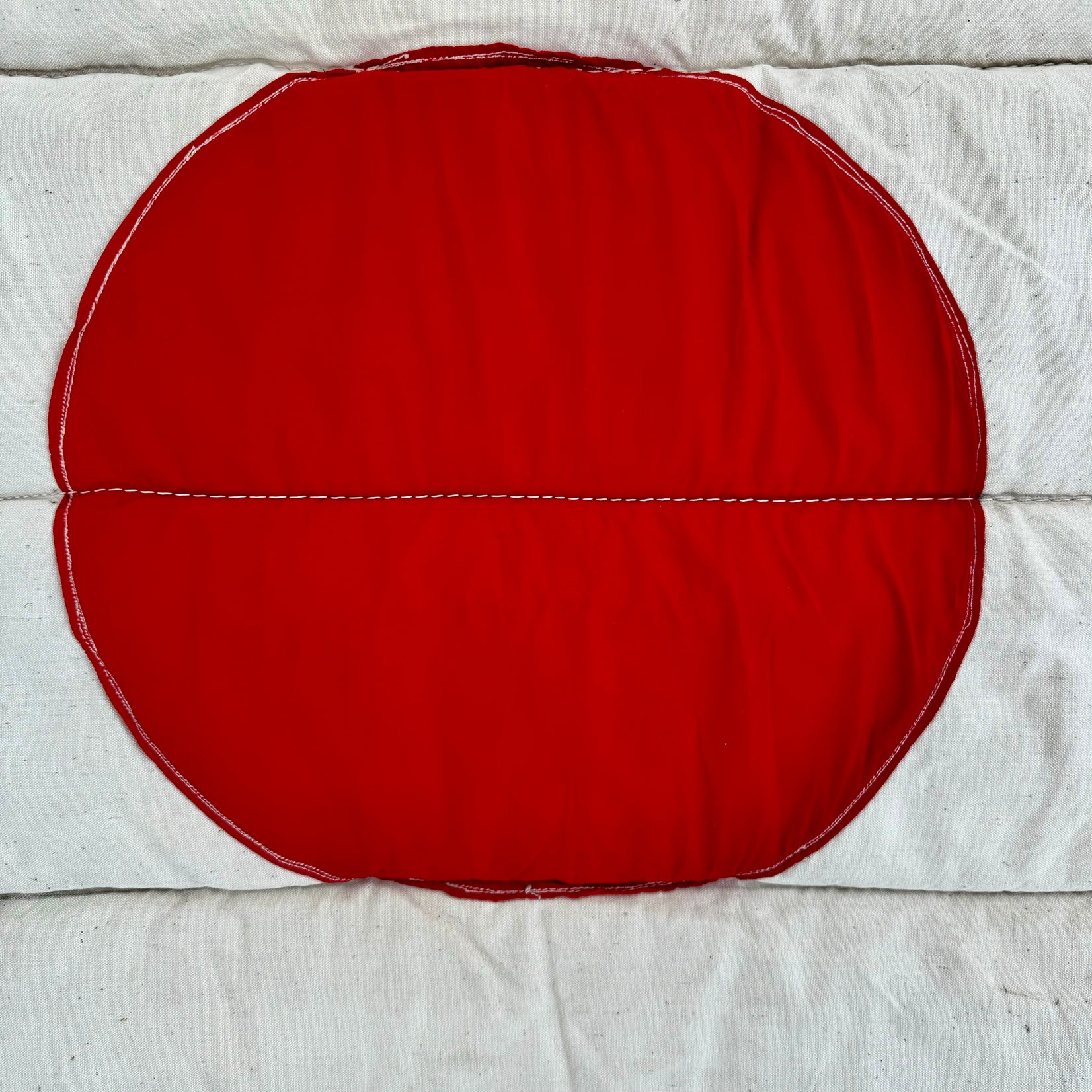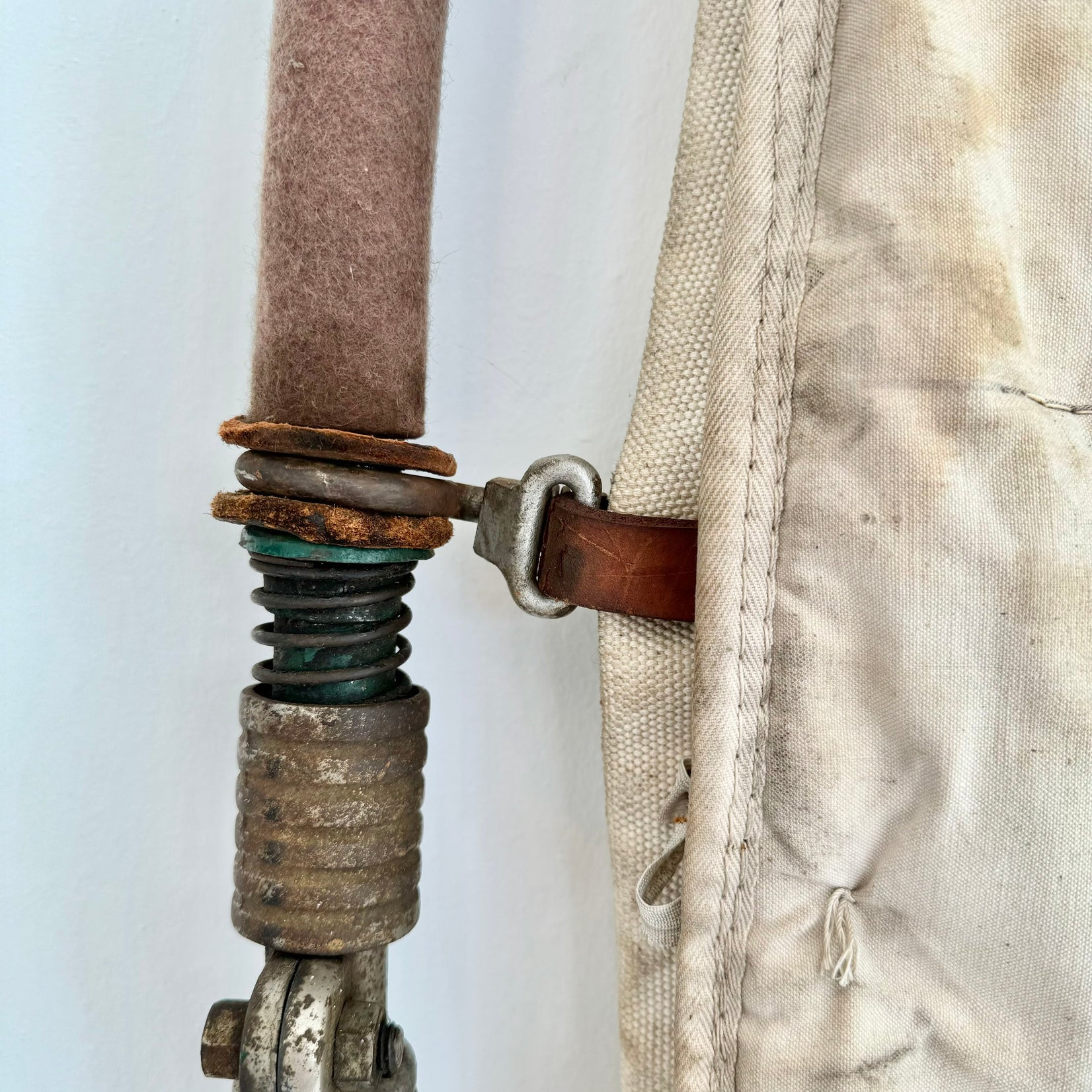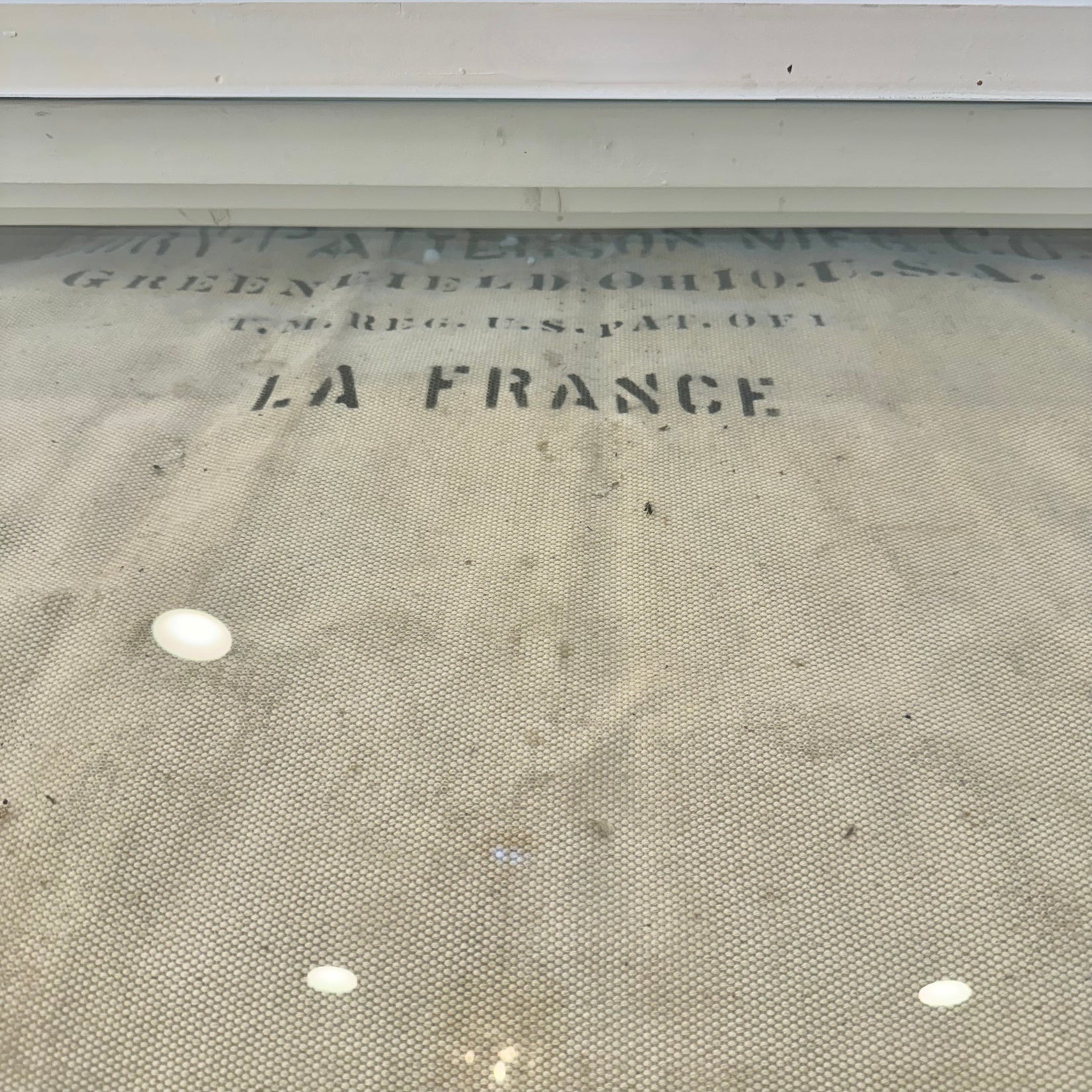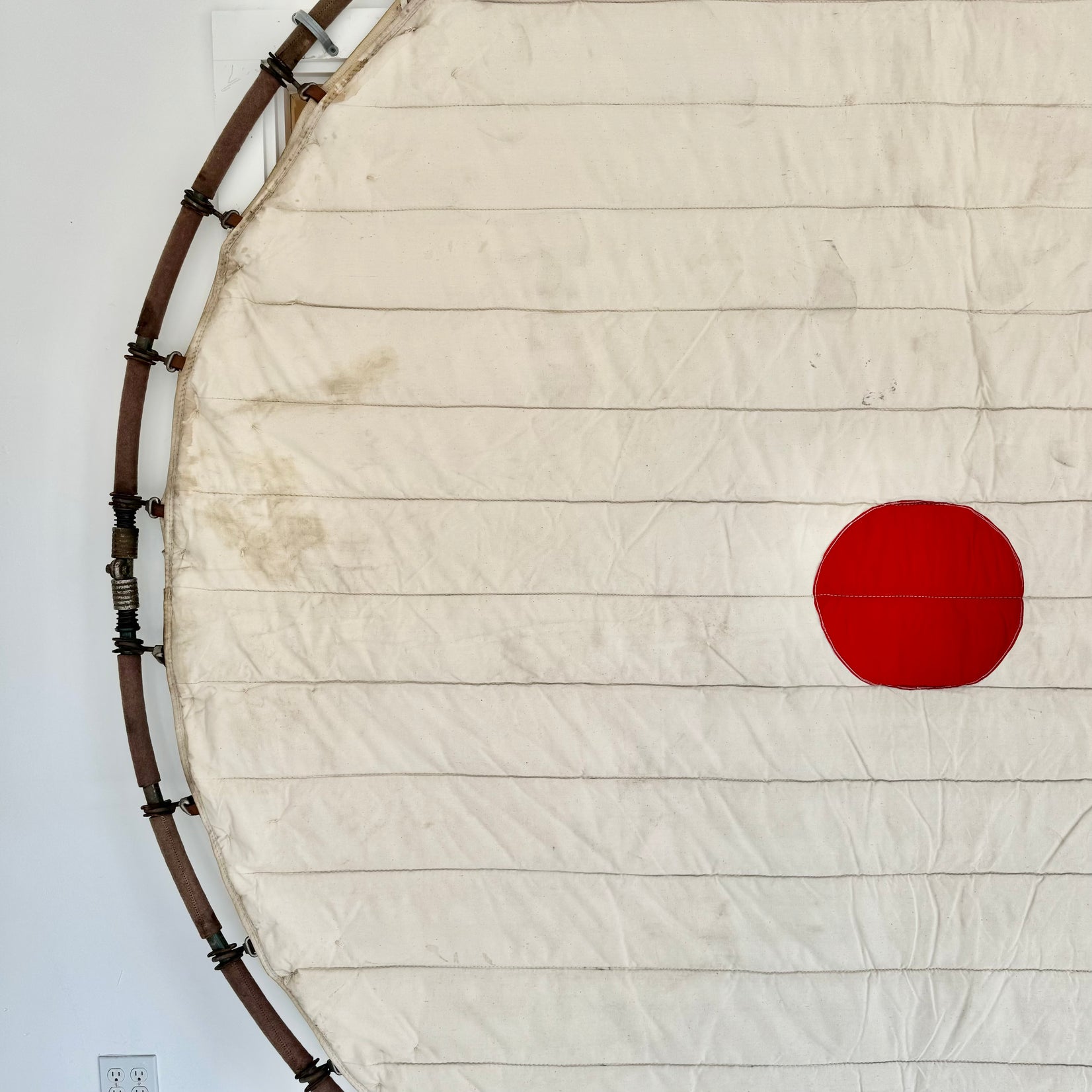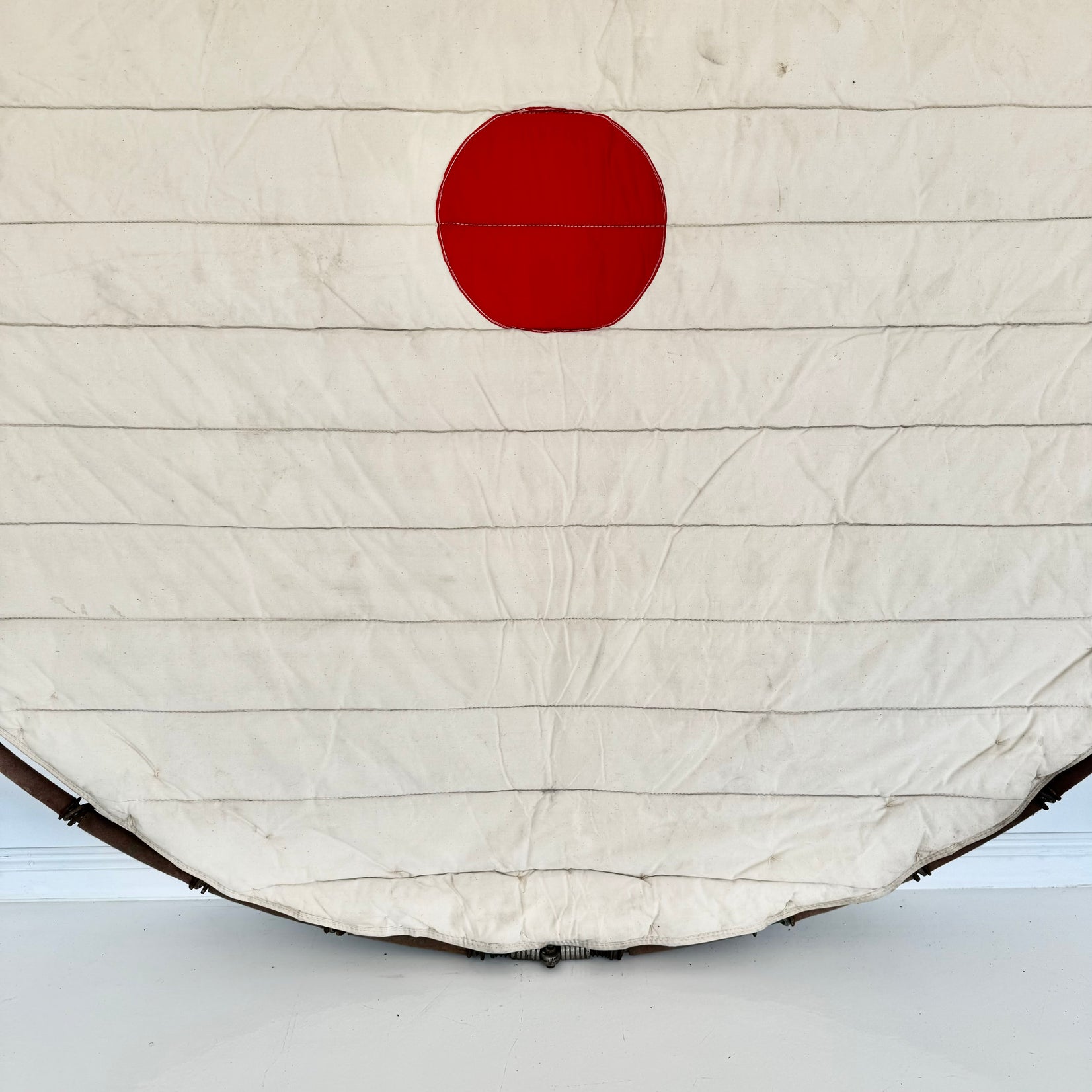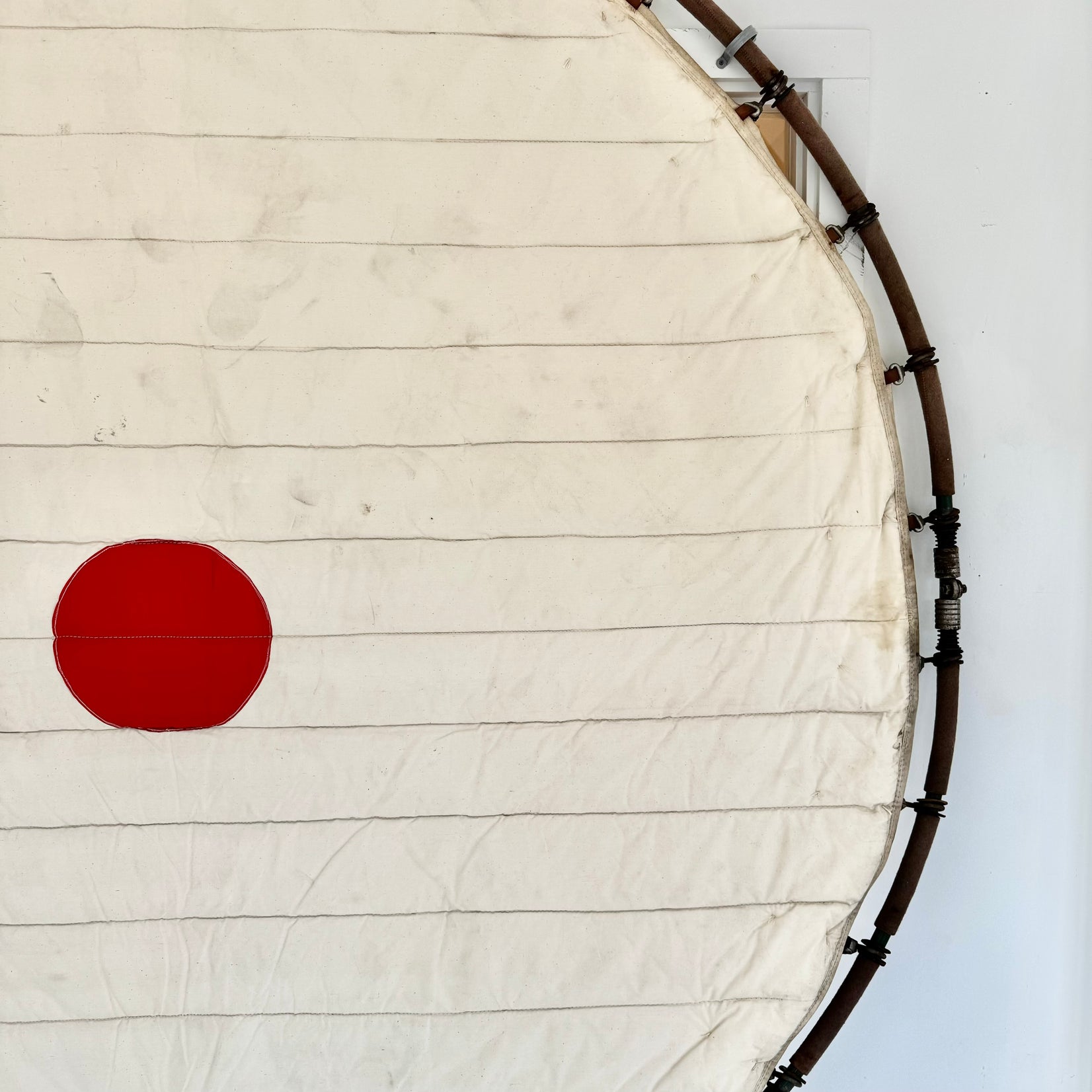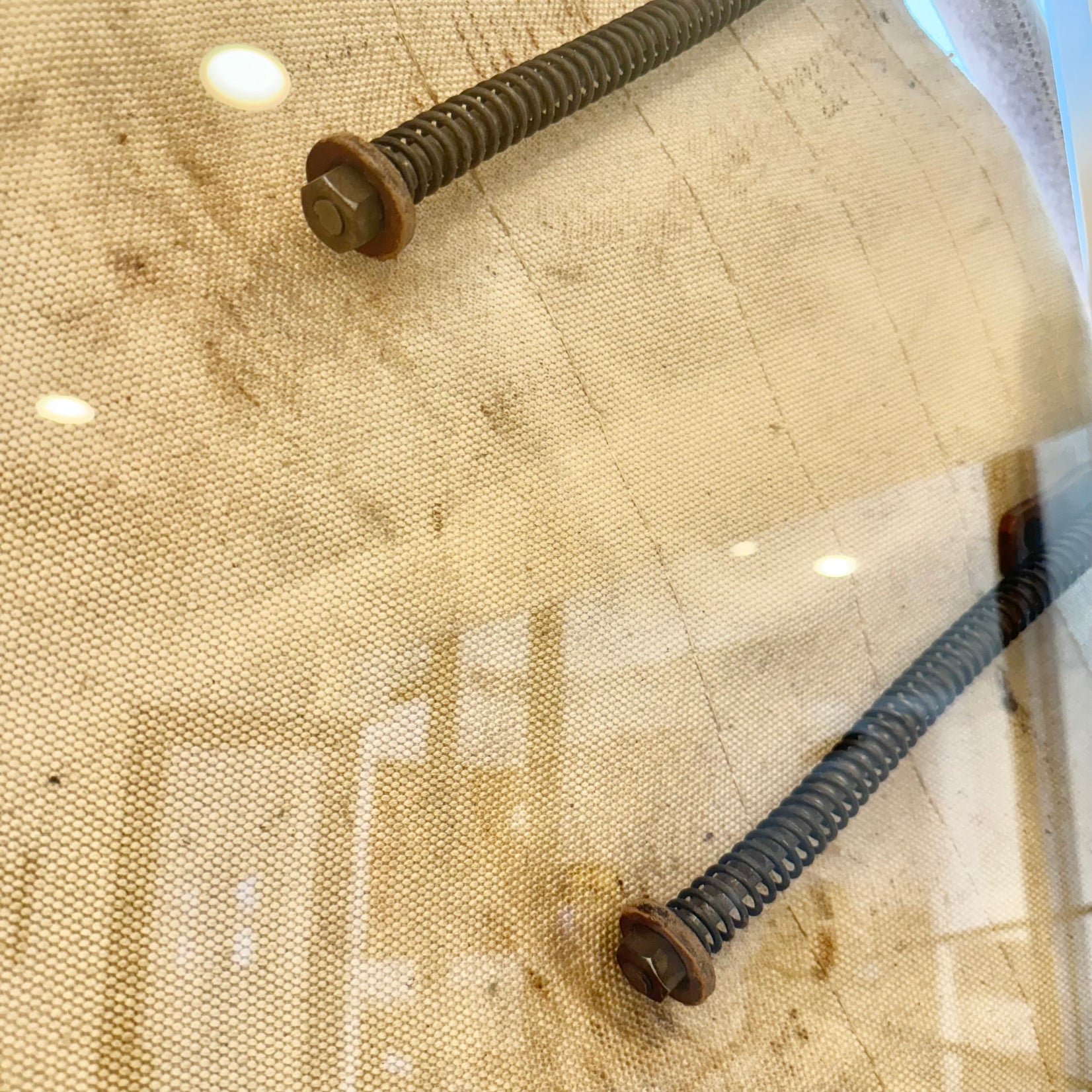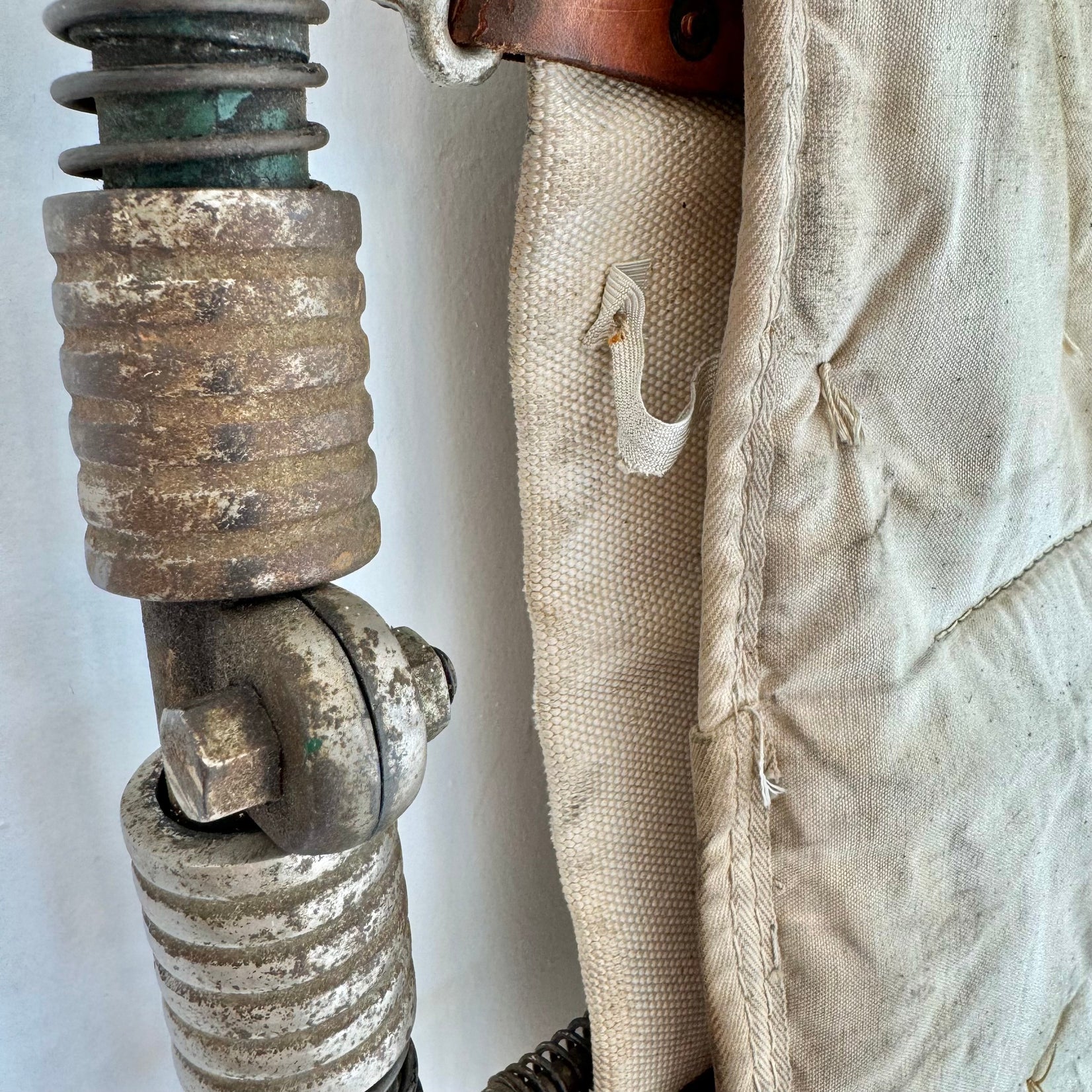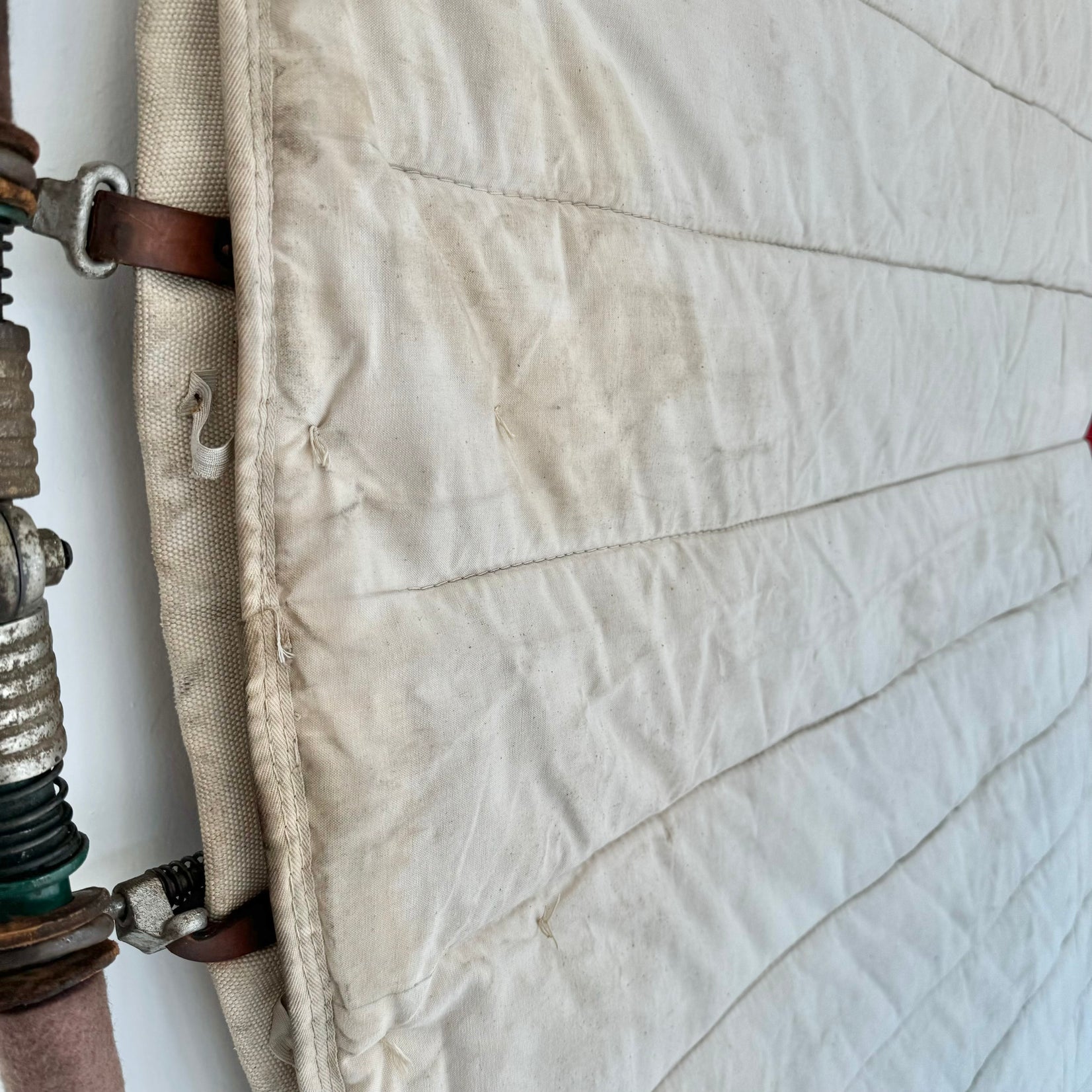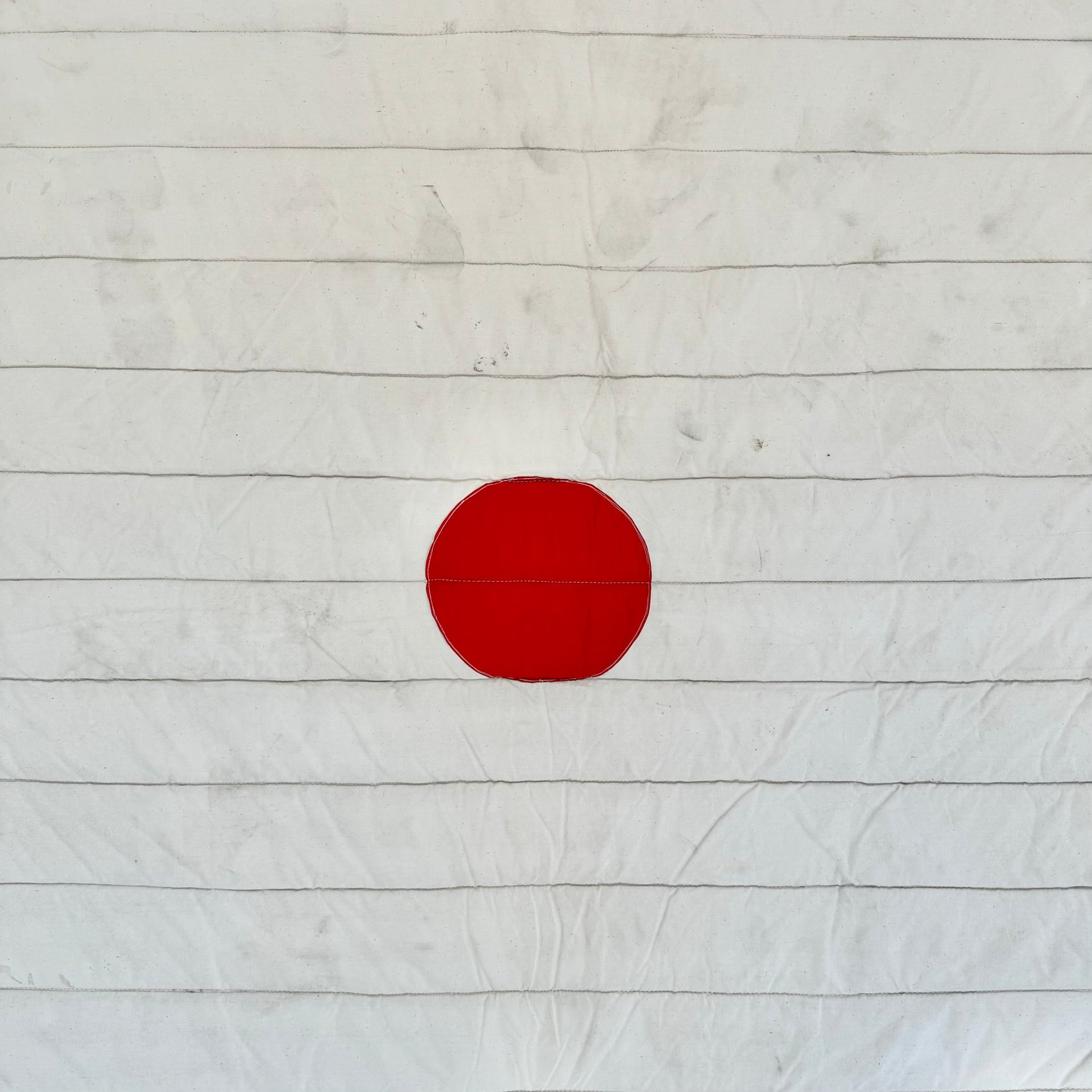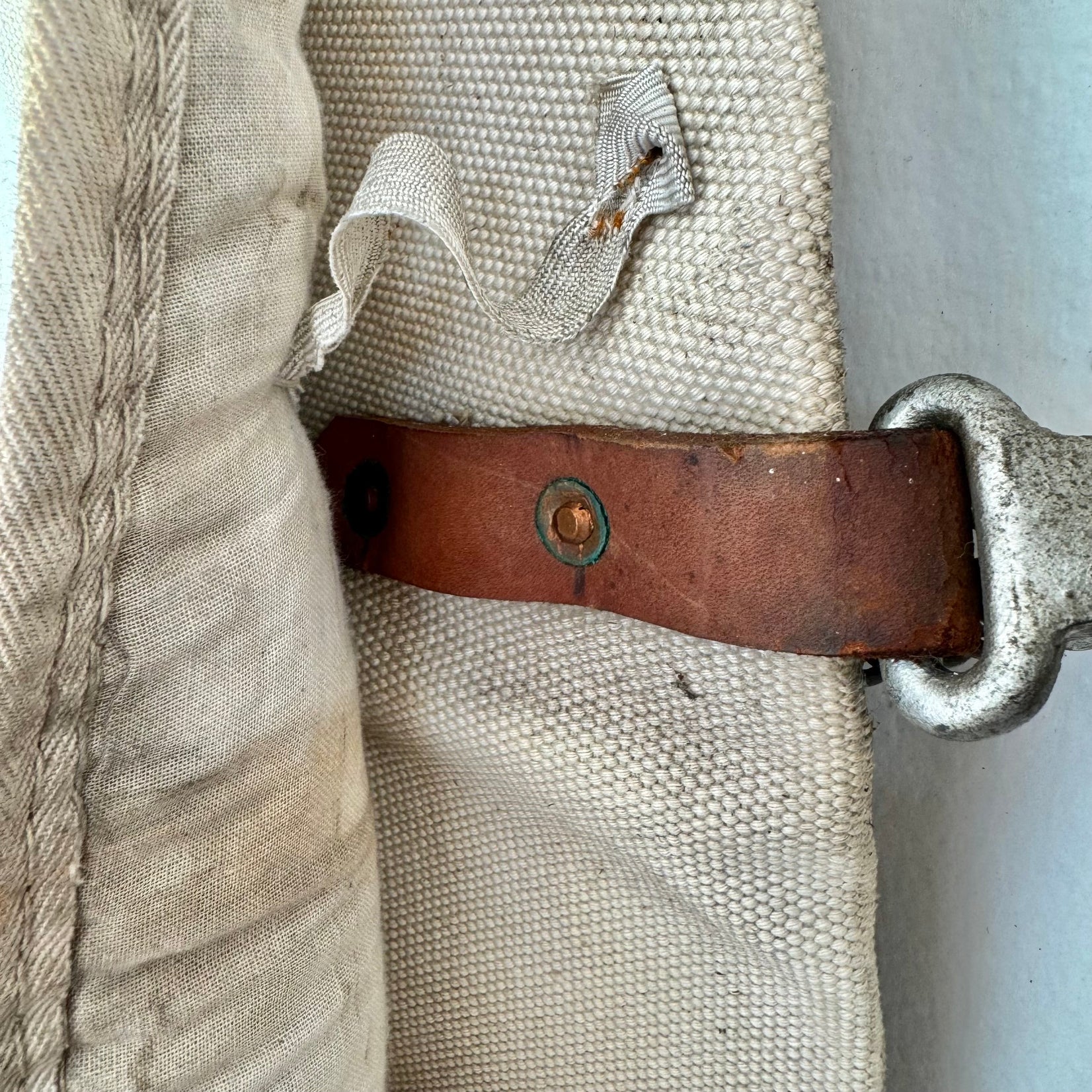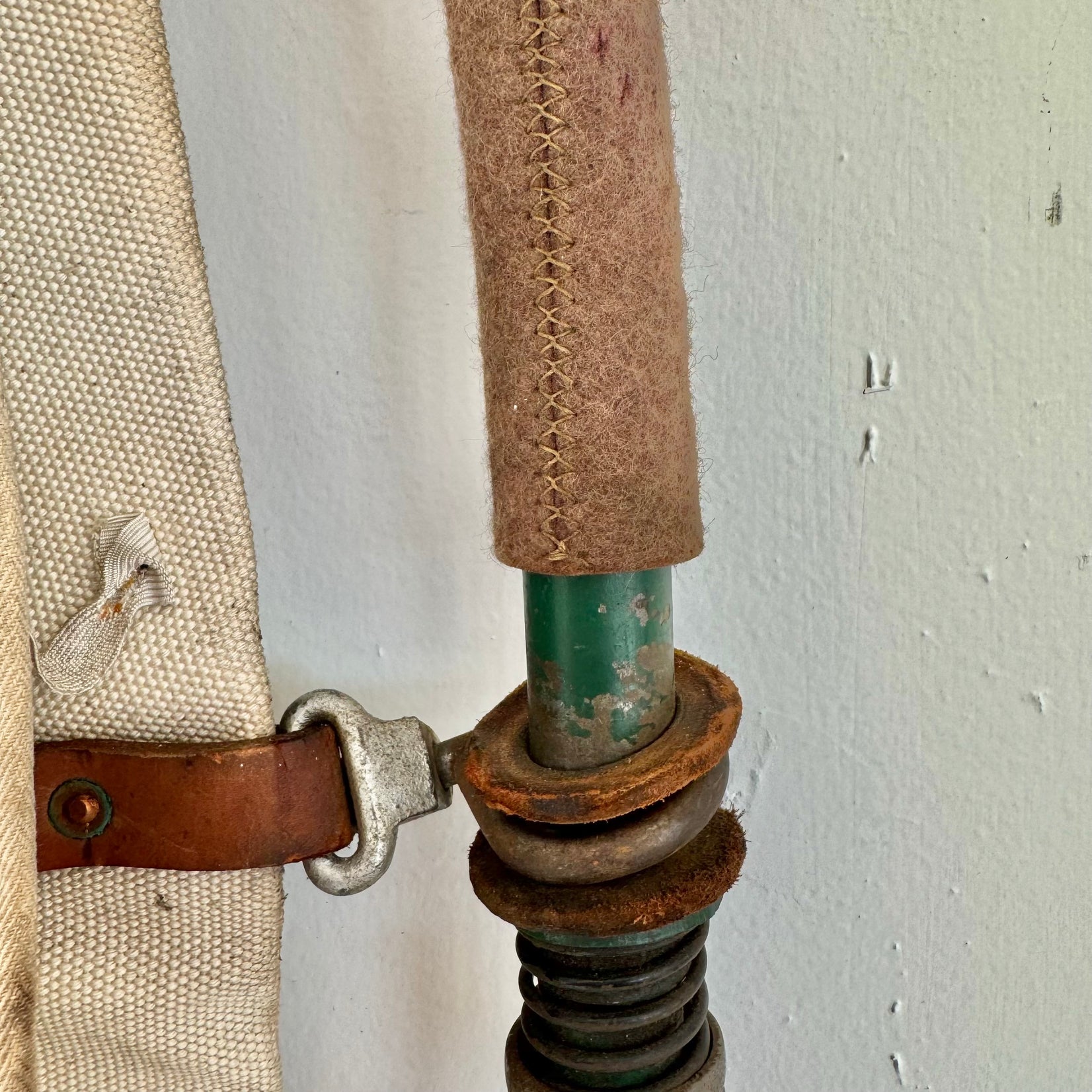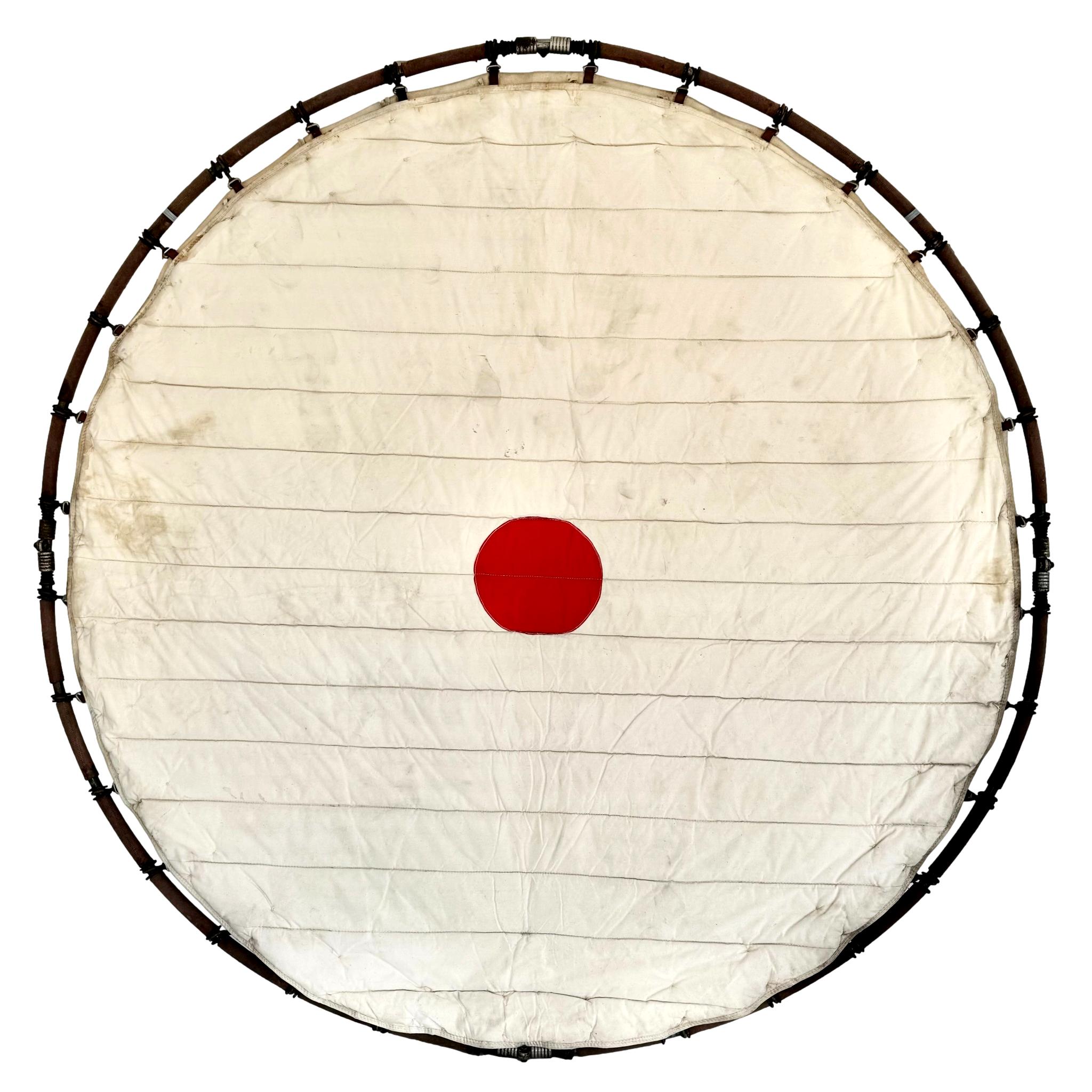Fireman's Life Saving Machine 1907 USA
Although it may resemble a trampoline, this is an extremely rare fire safety net designed to catch those leaping from burning buildings. The net was patented in 1887 by Thomas F. Browder who owned the patent until the early 1900s. Orders for the net came in from all over the US and even from across the globe as this was groundbreaking technology for the time. The United States government even ordered nets for all fire departments in Washington D.C.
This is an incredibly early version which is over 100 years old. Thomas Browder sold his patent for the Fireman's Net in 1907 to the Corey-Patterson Company out of Greenfield, Ohio where it became known as The Browder Life Saving Machine and where this particular net was made. This net bears all of the markings on its rear side from the Corey-Patterson Company. The rear reads: Corey-Patterson MFG Co. Greenfield Ohio U.S.A. T.M. Reg. Pat. OF 1 LA FRANCE.
The Fireman's Net was an important fire response tool for close to a century until it was phased out for new technology. The net was designed to fold for easy storage, and to easily snap open for quick deployment. Great aluminum machining and brown wool felt on handles which is a specification of the earlier models before rubber or leather was used instead. Heavy duty leather straps, coil springs and canvas make up the landing pad.
Recently professionally cleaned and sanitized ready for use as a piece of striking wall art, sure to be a talking point of any room.
Located at our LA Showroom.
Thomas F. Browder
LU1853339348642
United States
Early 1900s
width
height
depth
seat height
Leather, Metal, Fabric, and Wool
Thomas F. Browder
LU1853339348642
United States
Early 1900s
width
height
depth
seat height
Leather, Metal, Fabric, and Wool
Thomas F. Browder
LU1853339348642
United States
Early 1900s
width
height
depth
seat height
Leather, Metal, Fabric, and Wool
Fireman's Life Saving Machine 1907 USA
Although it may resemble a trampoline, this is an extremely rare fire safety net designed to catch those leaping from burning buildings. The net was patented in 1887 by Thomas F. Browder who owned the patent until the early 1900s. Orders for the net came in from all over the US and even from across the globe as this was groundbreaking technology for the time. The United States government even ordered nets for all fire departments in Washington D.C.
This is an incredibly early version which is over 100 years old. Thomas Browder sold his patent for the Fireman's Net in 1907 to the Corey-Patterson Company out of Greenfield, Ohio where it became known as The Browder Life Saving Machine and where this particular net was made. This net bears all of the markings on its rear side from the Corey-Patterson Company. The rear reads: Corey-Patterson MFG Co. Greenfield Ohio U.S.A. T.M. Reg. Pat. OF 1 LA FRANCE.
The Fireman's Net was an important fire response tool for close to a century until it was phased out for new technology. The net was designed to fold for easy storage, and to easily snap open for quick deployment. Great aluminum machining and brown wool felt on handles which is a specification of the earlier models before rubber or leather was used instead. Heavy duty leather straps, coil springs and canvas make up the landing pad.
Recently professionally cleaned and sanitized ready for use as a piece of striking wall art, sure to be a talking point of any room.
Located at our LA Showroom.
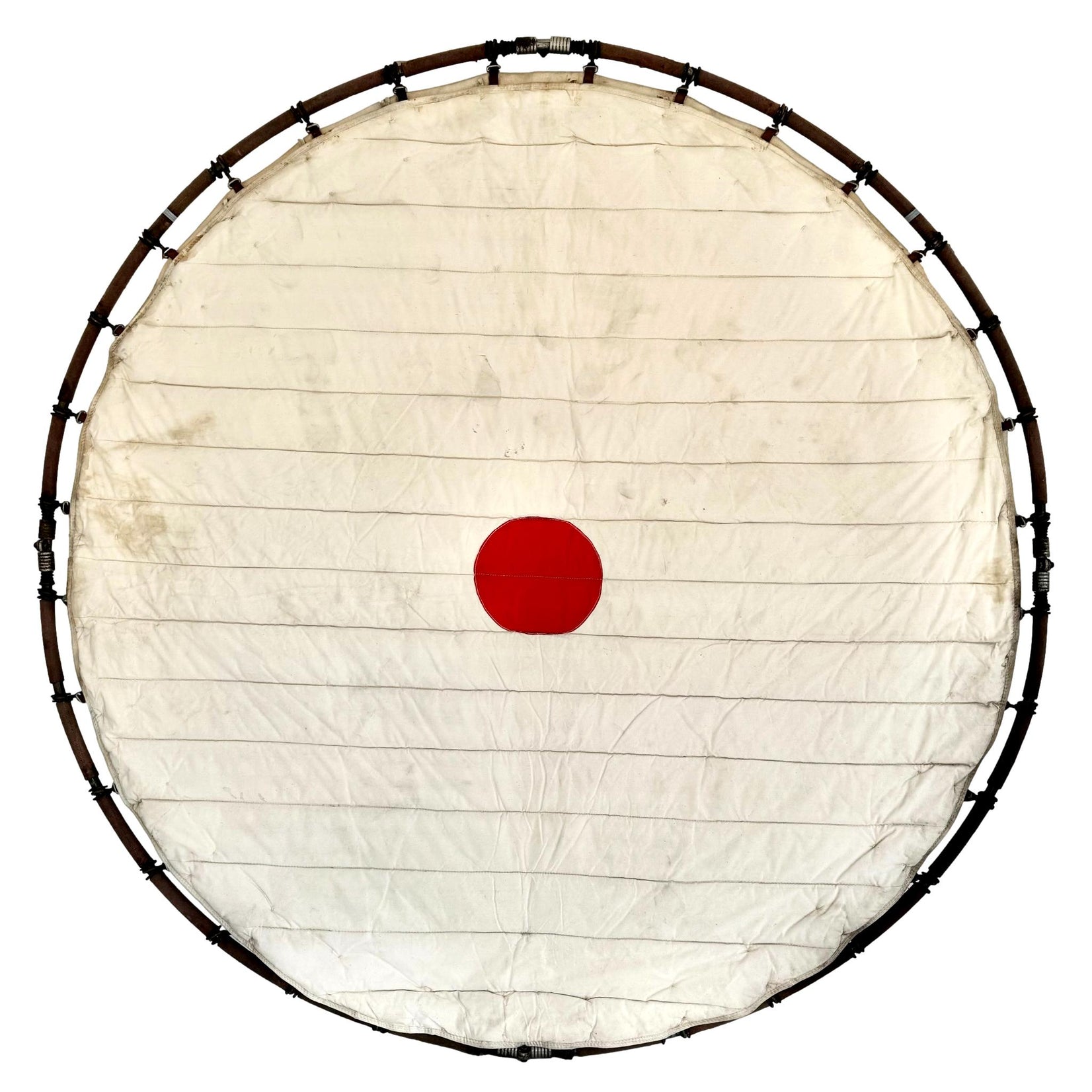
Los Angeles, CA 90034
Southampton, NY 11968
